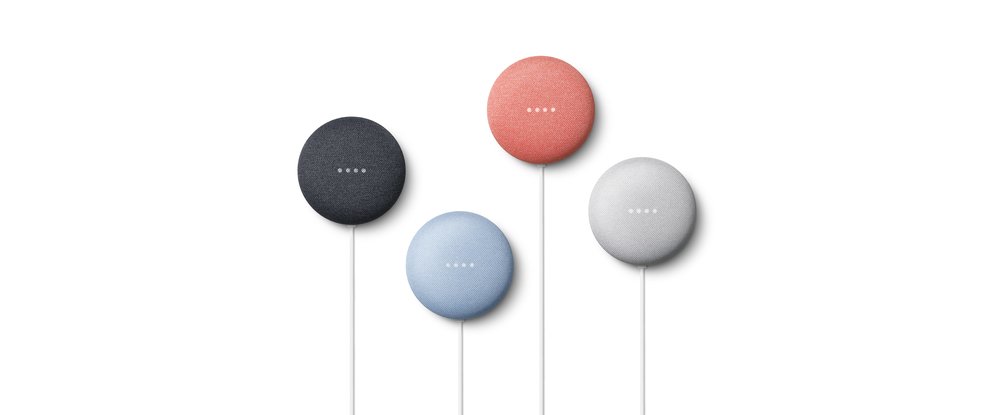Article
How Fast Is Your Hotel Internet Connection? || HotelChatter
My Comments

The bandwidth available in the Wi-Fi service provided at these hotels may have to meet new realities
A reality that is starting to face travellers is a requirement for increased bandwidth while one is on the road. This is more so as we see the increased availability and cost-effectiveness of portable computing equipment that we don’t want to be without.
Here the hotel industry is having to adapt to this as more guests check in with at least two or three Wi-Fi capable gadgets per room and have these gadgets work with the Wi-Fi public-access network.
This HotelChatter article has raised the issue not just of the cost of the Internet service but also the kind of bandwidth that is provided. Typically, these places have a huge demand placed on their Internet connection by both the guests and the staff. This reality will become more intense as the quality for digital images and online video increases, along with the increased popularity of online video services.
Larger city business hotels may typically use what is expected for a big business’s head office with the high-bandwidth connections whereas smaller outer-urban and rural properties may use broadband of a grade similar to small-business or “enthusiast” residential setups. As well, Wi-Fi wireless setups may have access points shared by multiple rooms, thus you might find that the quality-of-service may not be there at times such as whenever someone is downloading or uploading a large quantity of data such as some video content. In some cases a multiple-SSID access point ends up “divvying up” bandwidth between devices on the “public-guest” SSID associated with the Wi-Fi service, a similar “event” SSID for a Wi-Fi service associated with people renting out conference facilities along with the staff / business SSIDs relating to the hotel’s line-of-business Wi-Fi segment.
According to an infographic that was in the article I am referencing. they reckoned that 1 Mbps would work well for email, Web surfing or audio content (Internet radio, Spotify and the like) with reasonable quality of service. Then they reckoned that 2-5Mbps would work well for Skype, Facetime and similar videocalls; along with video content with reasonable quality of service. More than this could see quick VPN activity, quick Dropbox transfers and excellent multimedia quality-of-service for Skype or streaming audio and video.
Of course, there are situations where the bandwidth available across a hotel can be “maxed out” at peak occupancy and usage times such as 8pm to 9pm most nights as I learnt from someone who lived in a rural area but effectively “lived out of” one of the larger downtown hotels when he was in town. Here, this is when most of the younger guests would be concurrently streaming video content from various video-on-demand services which they subscribe to or uploading a quantity of photos to one or more online services like Facebook, Instagram, Google+ or Dropbox.
The article was asking guests and staff in these places to speed-test the public Internet connection available to the guests and assess the bandwidth that these services provided. They were reckoning that apps like the SpeedTest app for Android and iOS would work as a benchmark tool for this situation.
Here, I would look at a bandwidth goal of preferably 2-5Mbps per room plus a similar capacity or more for public areas like the bar and lounge areas. Similarly, I would pay attention to any login environments that simplify the setup and login experience that clients have to encounter. Here, improvements like use of Wi-Fi PassPoint would benefit the user experience.
I also have raised the issue of the availability of Wi-Fi-based gadgets like wireless speakers, Chromecast modules and digital cameras that don’t work well with browser-based login routines that these public-access networks implement. Here, guests are likely to end up wanting to use these gadgets to the full potential while they travel the “switched-on” way and the industry will have to look at ways to support these “gadget clusters” especially in the guest’s own “domain” which is their room while keeping the data on these “clusters” private to that “cluster”. This also includes support for technologies like Wi-Fi Passpoint and other so-called “Hotspot 2.0” technologies that allow automated or “browser-free” login to these guest-access networks.
For that matter, when I review hotels, I would provide some commentary on the guest-access Internet service. This would encompass not just the cost of the service as well as the bandwidth and quality-of-service that the network provides as well as the login experience.


